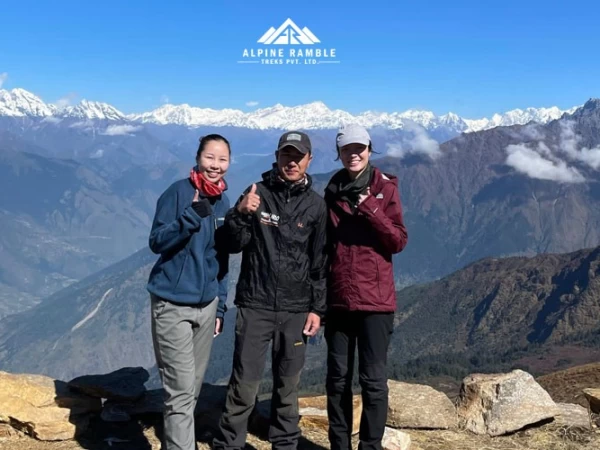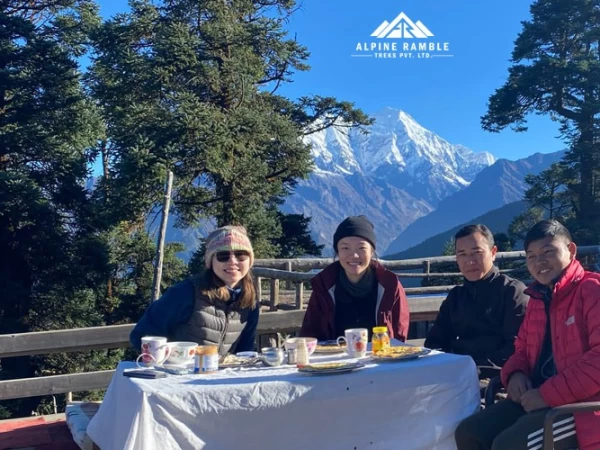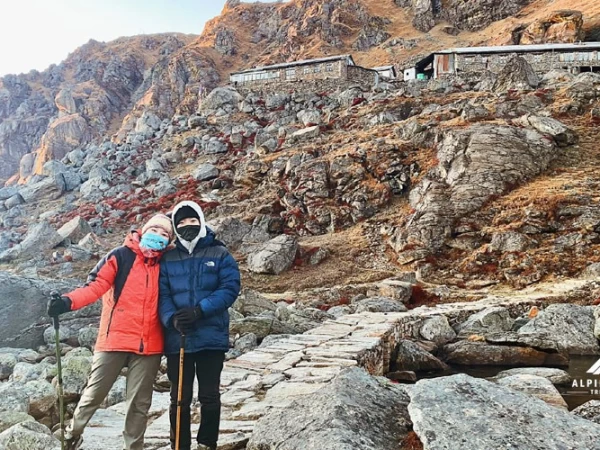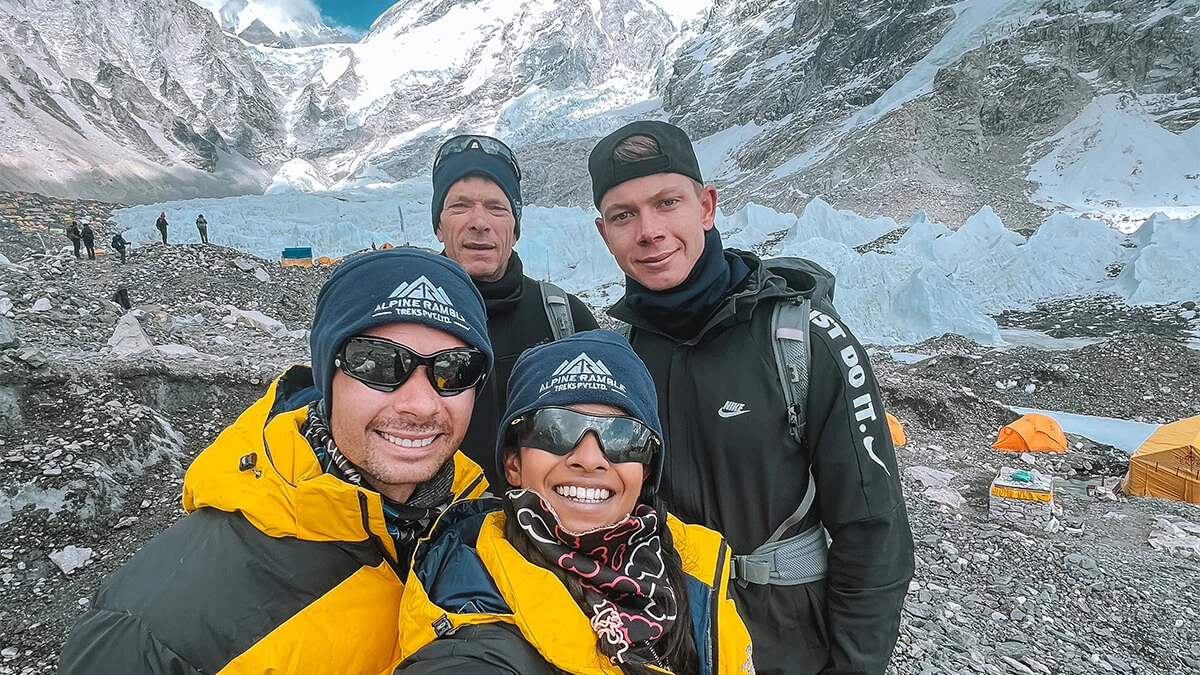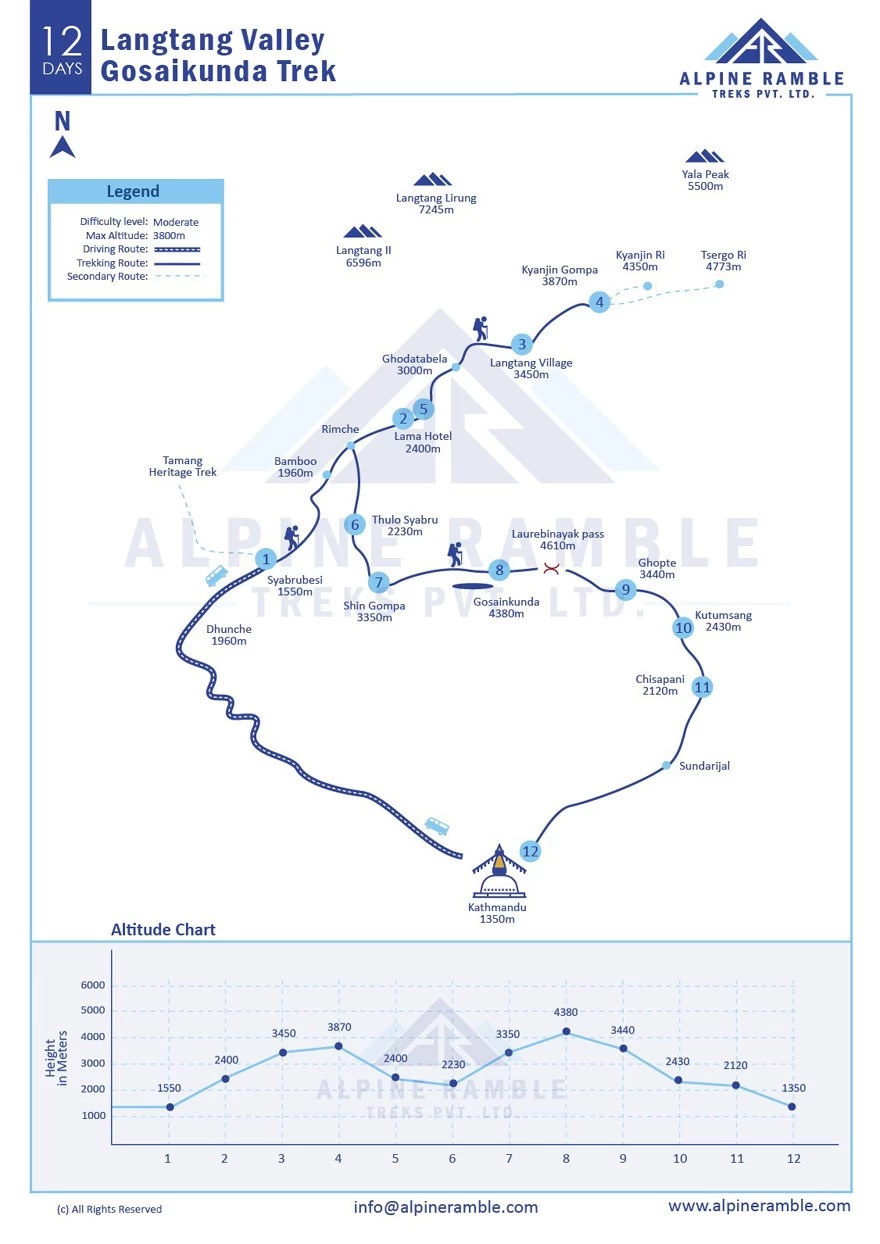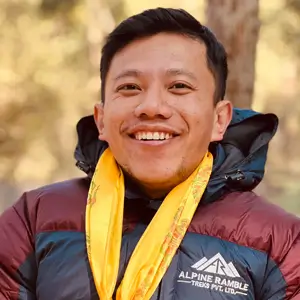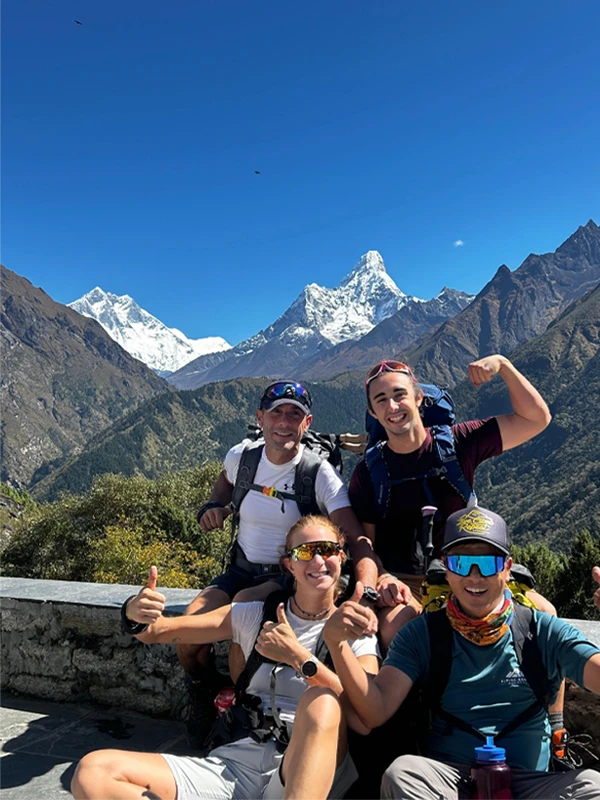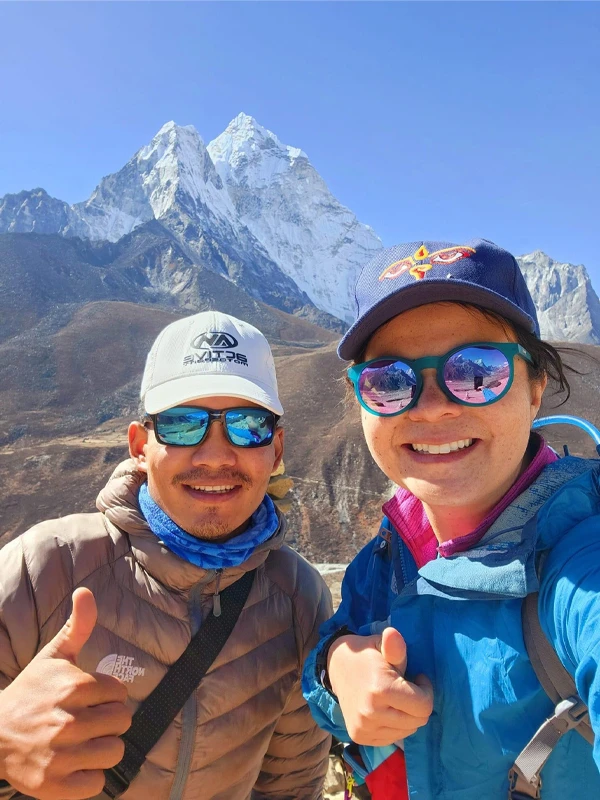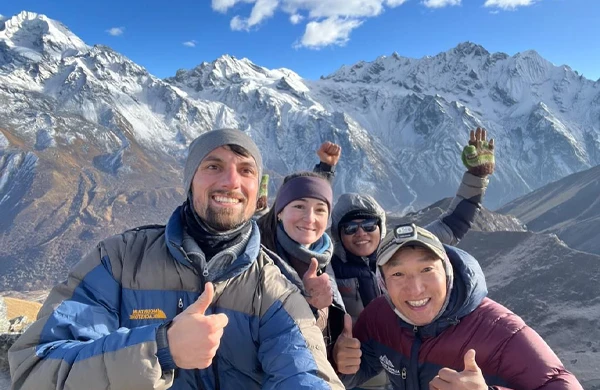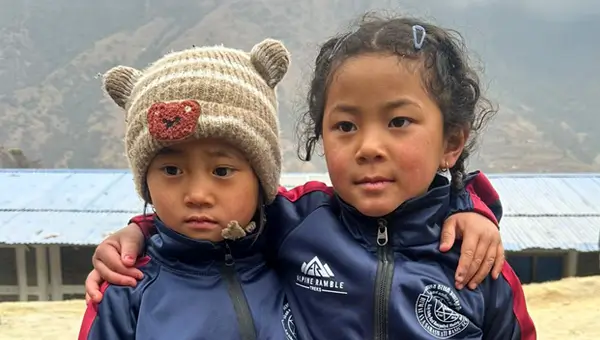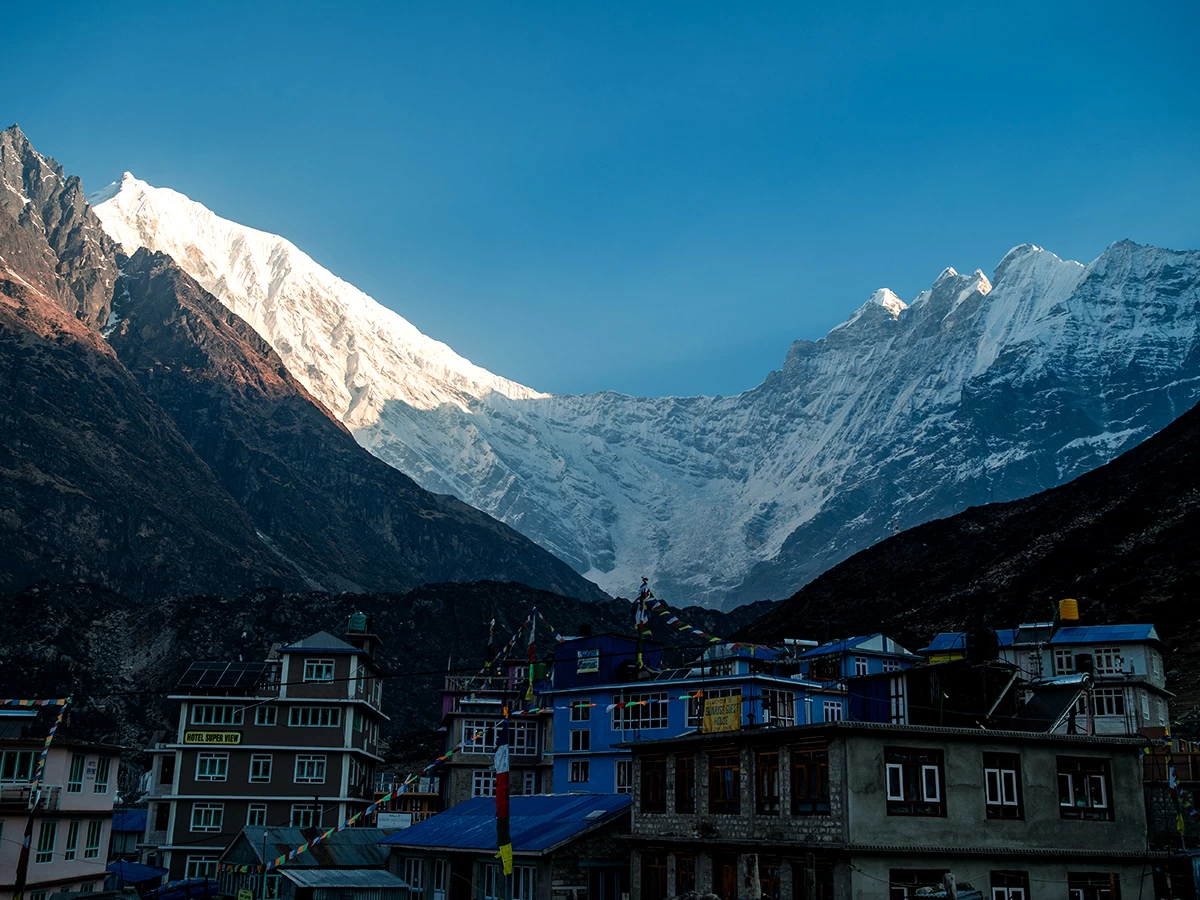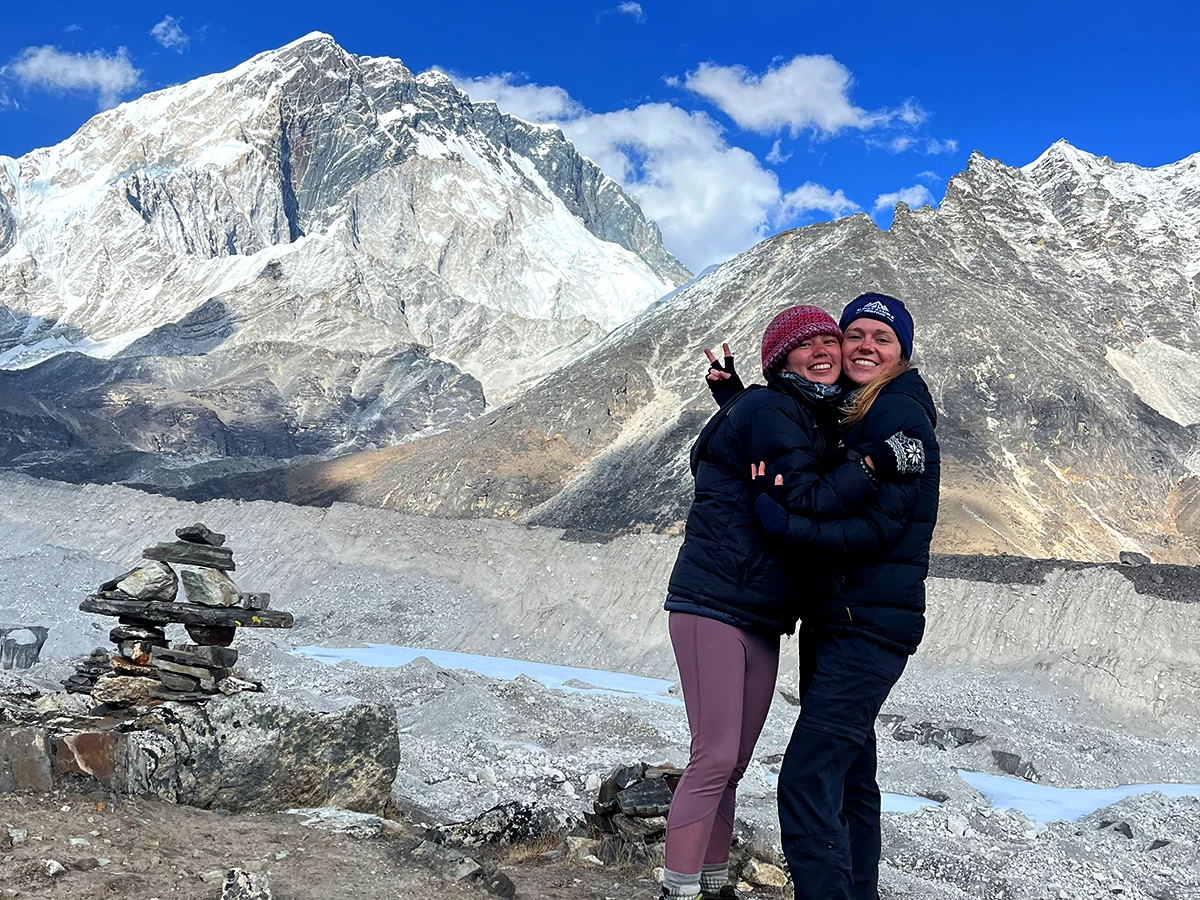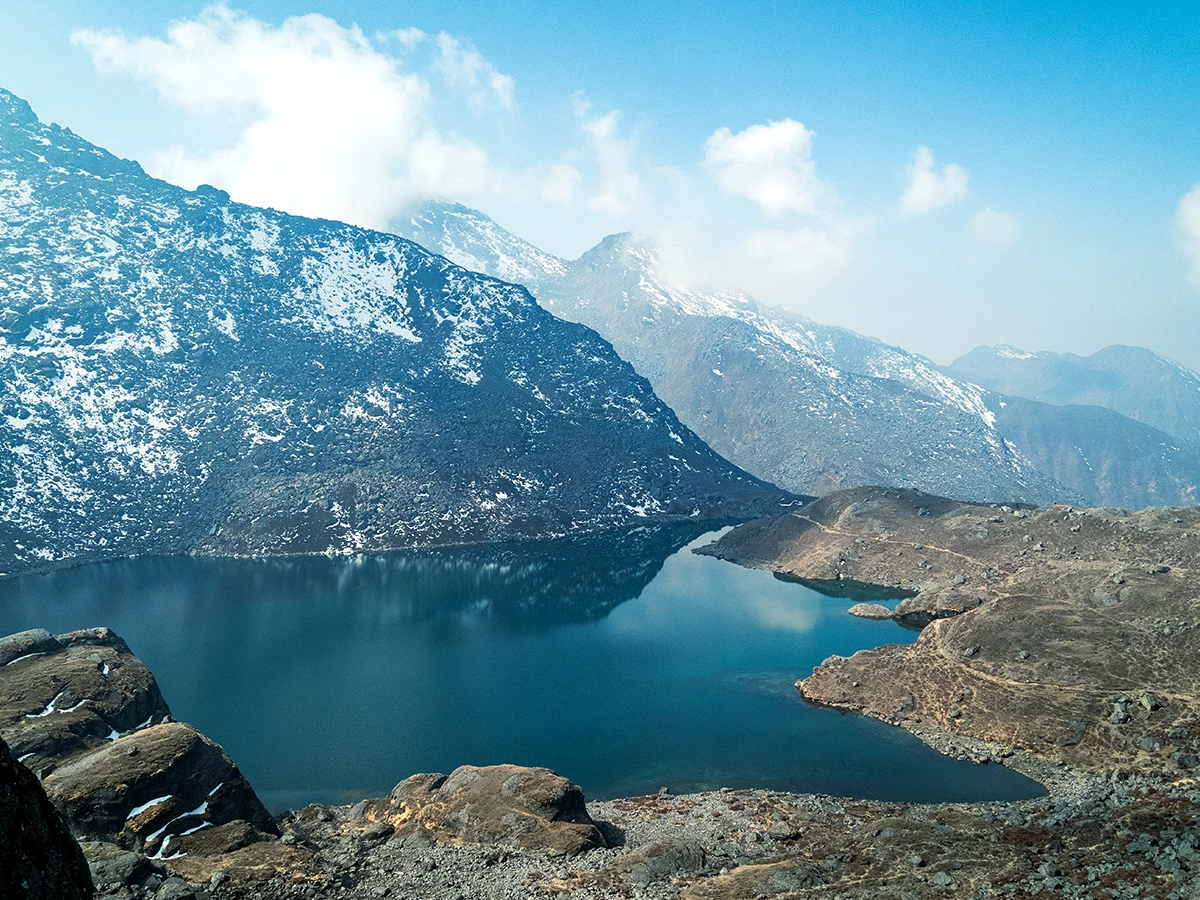The Langtang Gosaikunda Trek is considered one of the big three trekking destinations that Nepal has to offer. It is also the nearest trekking destination from Kathmandu Valley and can be done in under two weeks, i.e., 13 days. It is not only a place that offers stunning views of the Langtang Range, Ganesh Himal, and other prominent mountain peaks along with lakes that are considered a part of the Ramsar Site, but also a holy place where many devotees of Hinduism and Buddhism alike visit all year round.
The trail of the Langtang Gosaikunda Trek falls under the area of the Langtang National Park, which is also known as the first Himalayan national park of Nepal and was established in 1976 AD. Therefore, this trail is very rich in ecological biodiversity and landscapes. This 13-day trek offers the most stunning visuals of the snow-capped peaks, pristine lakes, native culture, and various rare and endangered plant and animal species. This trek is among the best ones, which offers a comprehensive experience of trekking in a short amount of time and a flexible itinerary within a moderate-range distance.
Highlights of the Langtang Gosaikunda Trek
- Amazing landscapes surround you with majestic mountains and diverse landscapes.
- Acquaint yourself with the authenticity of the Nepalese-Tibetan culture of the native Tamang and Lama.
- Step at the elevation of 4000 meters and up multiple times during the trek.
- A glorious summit to Kyanjin Ri (4,773 m) or Tsergo Ri (4,984 m).
- Indulge yourself with some fresh yak cheese from the Cheese Factory.
- The holy lakes of Gosaikunda are a sanctuary for devotees of Hinduism and Buddhism.
Langtang Gosaikunda Trek: A Comprehensive Overview
The trekking trail of the Langtang Gosaikunda Trek is part of the Langtang National Park. The national park is spread out through three districts: Nuwakot, Rasuwa, and Sindhulpalchok. This trail mainly falls in the Rasuwa district and is only a few hours drive from Kathmandu, making Langtang Gosaikunda one of the nearest trekking destinations from Kathmandu Valley.
The trek officially begins with a bus ride from Kathmandu to Syabrubesi, which is the starting point. The bus departs early in the morning and follows the road, which can be bumpy at times, but the scene outside the window is filled with terrace-farmed fields and the reverberating sound of the river Trishuli. Leaving Kathmandu and all its chaos behind, we enter a peaceful environment surrounded by nature all around.
Upon reaching Syabrubesi after a 6-7 hour ride, you will settle in a hotel for the night and sleep listening to the flowing of the Bhote Koshi river and get a proper night’s sleep for the next day’s trek. The next day our trek begins from Syabrubesi along the banks of the Bhote Koshi river and we meet the highs and lows of the trail pretty quick.
Since it is the first day of the trek, expect a lot of uphill trails, so maintaining your walking pace is crucial. The destination for the first day of the trek is known as the Lama Hotel, which is located in a secluded area with limited tea houses and basic services. After the Lama Hotel, our next destination is Langtang village. It is the day when you will finally get the first full glimpse of the majestic snow-capped mountain, and it truly will be a sight to behold.
While making your way to the Langtang village, which is the new and rebuilt village that was destroyed by the earthquake and glacial flood back in 2015. The village shows the resilience of the people of the village who have shifted the village and have gone about their lives despite the hardships they went through.
The fifth day of the trek, we will reach Kyanjin Gompa village, which is the last destination of the Langtang leg of the trek. We will reach Kyanjin village fairly earl,y so we will have plenty of time to explore the area. The next day, early in the morning,g before the sun is even up, we will begin our summit to Kyanjin Ri and watch the 360-degree view of the entire Kyanjin region under the golden hour.
We will come back down from Kyanjin Ri and have breakfast, then begin our descent the same way we came back and stay at Lama Hotel for the night. The Langtang leg of the trek has been successfully completed and now we will begin the Gosaikunda part of the trek.
The following day we will descend further down for a few hours before taking a different route that takes us to the village of Thulo Syabru, which is a quaint village that is bigger than Syabrubesi and is located right on the lap of the mountains. And the next day we resume our trekking, which is mostly uphill as we reach Shin Gompa, where we will settle for the night.
Then on the eighth day we will reach Gosaikunda, which is filled with the holy spirit of the lakes and the prayers of the devotees. The water of the lake is considered to be holy, and especially the Hindus take the water back to their homes as a form of blessing.
After exploring the Gosaikunda lakes to our heart’s content, it is time for another destination known as Ghopte, which requires crossing a pass known as Laurebina Pass. And then, from Ghopte, our next stop will be Kutumsang and then the final trek ends at Chisapani. Each day consists of the trek of an average 6-7 hours. On the 13th day, we will have a short trek from Chisapani to Sundarijal, from where we will catch a bus to Kathmandu.
Why should you do the Langtang Gosaikunda Trek in 2024/2025?
Easy trek and suitable for beginners
One of the highlights of the Langtang Gosaikunda Trek is that it is a very suitable trek for beginners and is the nearest trekking destination from Kathmandu Valley. For those who are just venturing out in the world of trekking and want to start with an easy to moderate trekking destination, then this is the best option out there.
A 360° view of the mountains from multiple locations
The best thing about trekking in any part of Nepal is the mountains, and the Langtang Gosaikunda Trek is no exception. This part of the trek allows you to see the majestic Langtang Range, which is also a part of the Great Himalayan Trail. Langtang Lirung (7,345 m), Gang Chhenpo (6,388 m), Naya Kanga (5,846 m), Dorje Lakpa (6,966 m), Kimsung (6,781 m), and Yansa Tsenji (6,575 m) are some of the prominent mountains that can be seen during this trek.
A religious blend of Hinduism and Buddhism
An intriguing thing about this trek, in particular, is that you will find devotees of both Hinduism and Buddhism. Langtang Valley and Kyanjin Gompa are prominent places for Buddhist followers, and the natives of the place also practice Tibetan Buddhism, but Gosaikunda is a well-known sacred place for Hindus as well as Buddhists. The holy lakes have a connection to Lord Shiva and are said to have healing properties.
Each year thousands of devotees visit as a pilgrimage site on the auspicious day of Janai Purnima, which falls in mid-August. It is one of the biggest cultural occasions for Nepalese Hindu and Buddhist followers.
Summiting Kyanjin Ri (4,773 m)
Kyanjin Ri at an elevation of 4,773 m is the best viewpoint of the trek. It is the highest elevation of the trek, which serves as an advantage and promises the best view of the entire Kyanjin region and even Langtang Valley. Tsergo Ri (4,984 m) is another peak you can submit that exceeds the altitude of Kyanjin Ri, but you will require an extra day as this peak requires a whole day of trekking, but the view seen from the top will make everything worth it.
Gosaikunda Lakes
Saraswati Kunda, Bhairab Kunda, Surya Kunda, Naga Kunda, and Gosaikunda (Lakes) are some of the more popular lakes among the 108 lakes found in the area, which cover a total area of 1,030 ha (2,500 acres). It is situated at an elevation of 4,380 m (14,370 ft). They are important in religious and cultural aspects but also play a significant role in balancing ecological biodiversity. It was designated as a part of the Ramsar Site (wetlands of importance) on 29 September 2007.
Interaction with the Native People
The native people of the Langtang regions, especially the Langtang Gosaikunda trekking trail, are the Tamangs and Lamas. They are of Tibetan descent who settled in Nepal around the 7th century. They follow Tibetan Buddhism and are involved in occupations such as agriculture, animal husbandry, and trade, and in recent years most of the people have been involved in tourism.
They have their own language and culture, which is reflected on their daily lives for the trekkers to witness.
Cheese Factory
A great piece of news for cheese lovers: You can indulge yourself in some locally made cheese in both Langtang and Gosaikunda. It is one of the unique things that this trek, in particular, has to offer. Both Kyanjin village and Gosaikunda offer this delicious trek, but Kyanjin is much more equipped. You can find many bakery items in both Langtang Village and Kyanjin Village. Not only will the cheese be fresh and made up of yak milk, but you will also be supporting the local economy by purchasing the cheese.
Laurebina Pass
Laurebina Pass, at an elevation of 4681 m, is just over Gosaikunda and borders Helambu. The trails are rugged and a bit challenging, but the views it offers are unmatched. Passing the holy lakes of the Gosaikunda and reaching the Laurebina Pass, which offers the most majestic view of Mount Manaslu, is certainly one of the best highlights of this trek.
